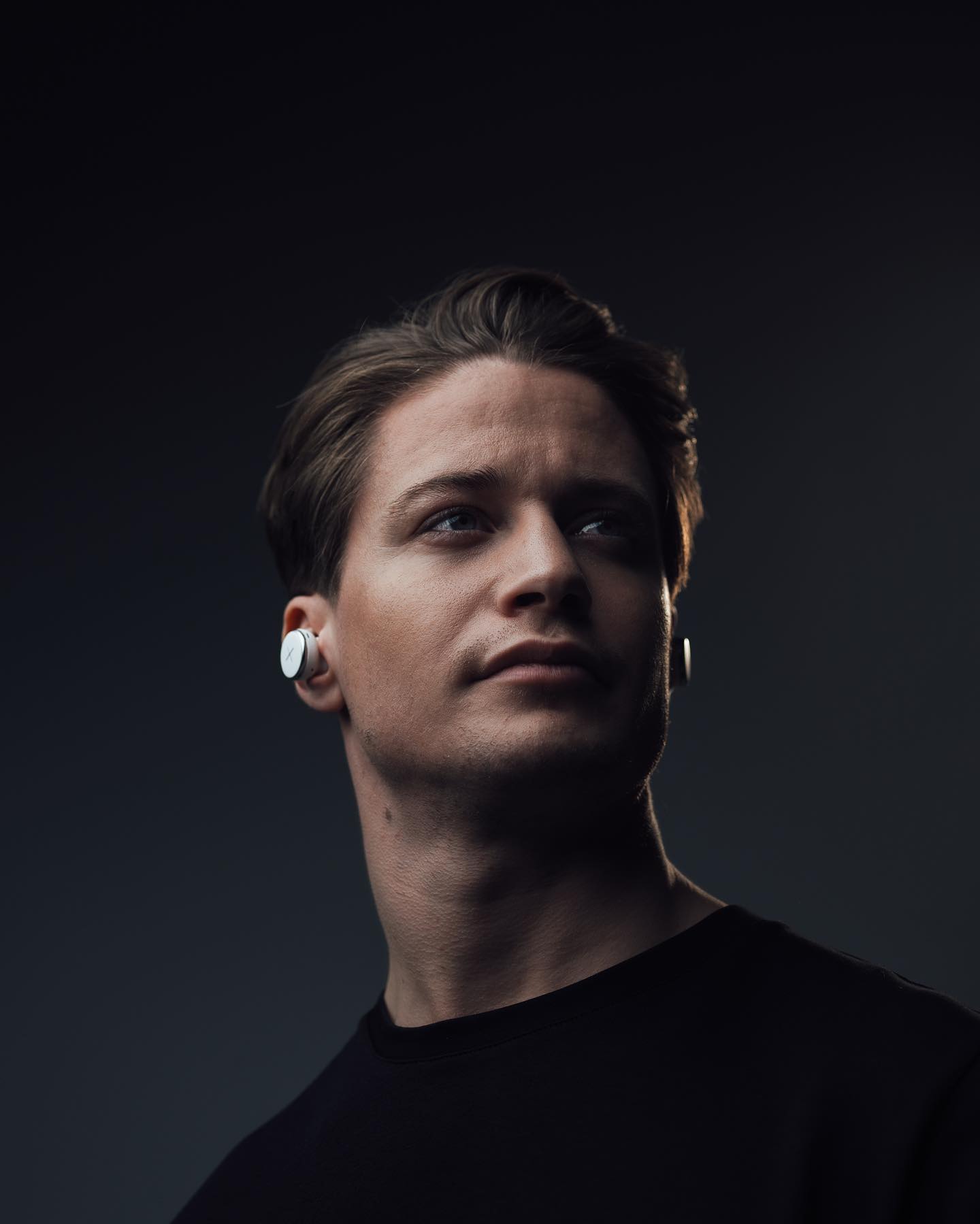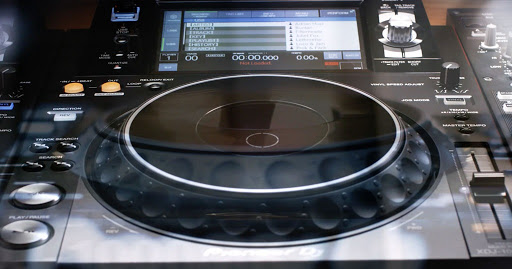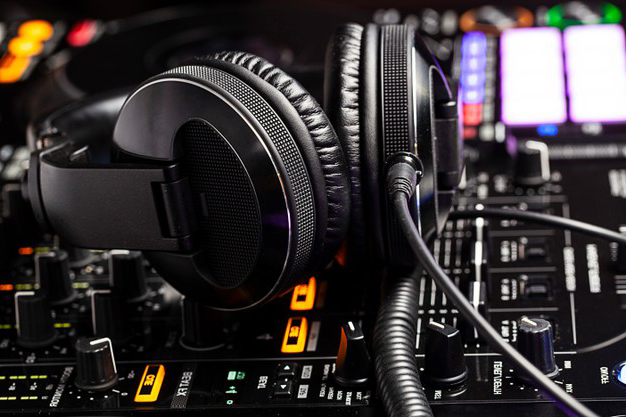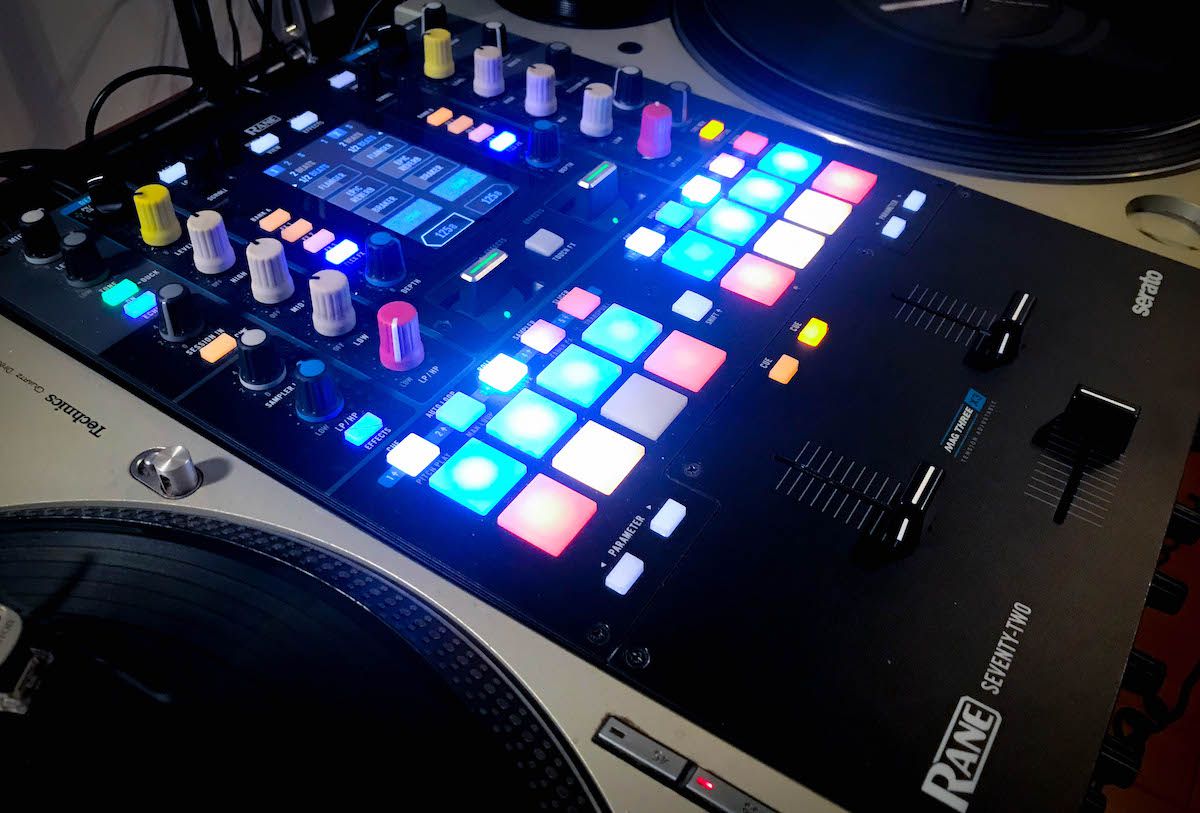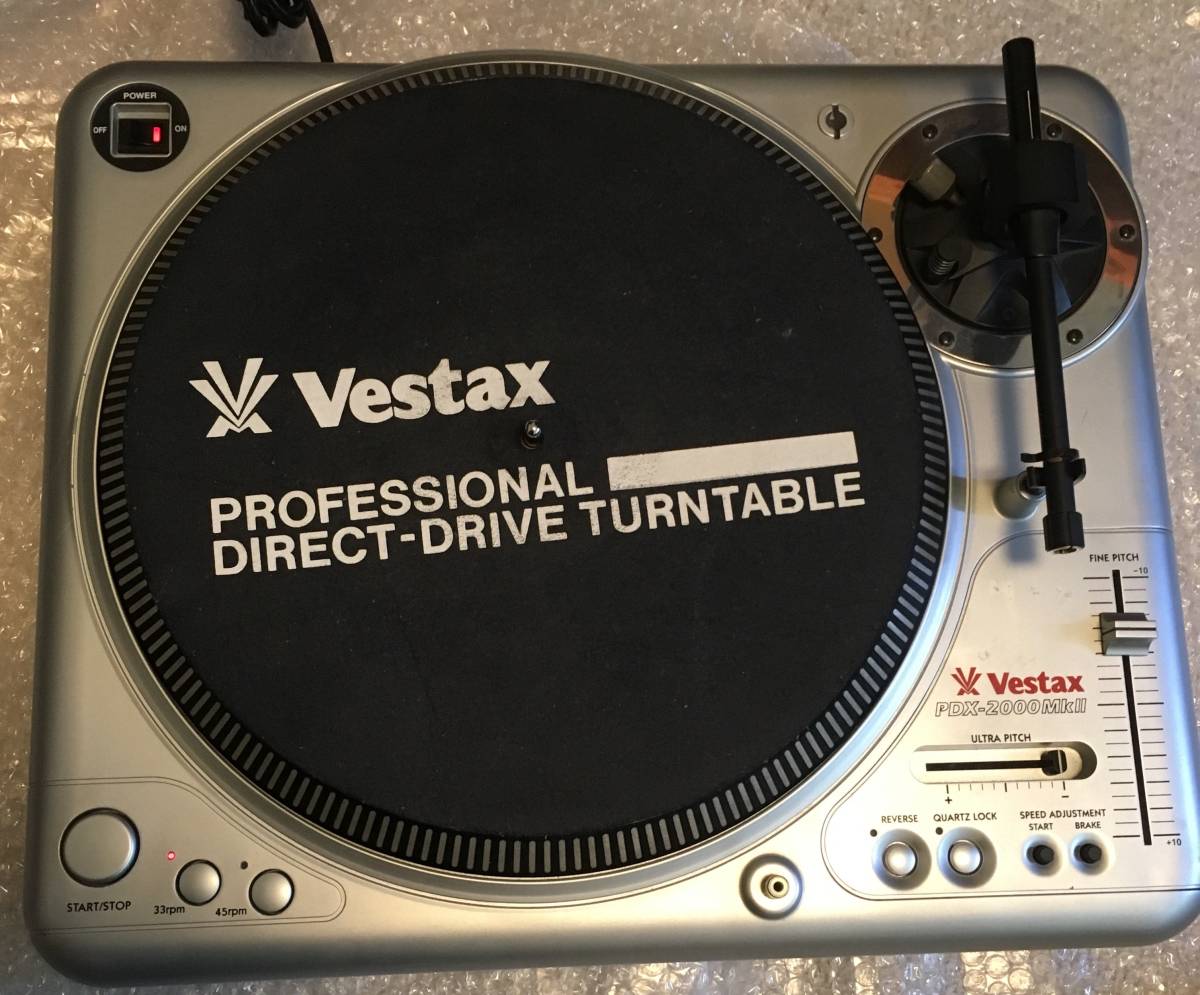You know electronic music is past adolescence when technology debates begin to separate the purists and traditionalists from the rest. While synth fans debate the merits of digital vs. analog, DJs are deciding whether to stick strictly with vinyl or to give in to the convenience of adding CDs to the mix. Although there are probably fewer DJs adamantly against CDs than there are, say, guitarists against digital-modeling amps, CD detractors make valid points about CDs’ lack of control and vinyl’s better sound.
What We'll Cover
Not much can be done about the difference in sound, but equipment manufacturers have begun to tame the wild disc with machines that attempt to mimic the turntable’s control of vinyl, including the ability to “scratch” CD audio. Not one of these machines has come as close to full turntable emulation as the Pioneer CDJ-1000, which at least should earn some respect for CDs from skeptical jocks and at best could become the Technics SL-1200 of the CD world, developing a legion of fanatic followers.
VINYL MODE
The CDJ-1000 is engineered to include most of the features expected from a DJ-oriented CD player, as well as advanced turntable-style control of a disc’s music. The key component of this control is the 7-inch Jog dial; it is touch-sensitive, so if you press on it while in Vinyl mode, playback will stop, as if you held down the record on a turntable and started back up as soon you lifted up off the dial. You can get the same effect by pressing the Play/Pause button. The speed of the braking and starting is adjustable with two knobs and ranges from instantaneous to several seconds. The touch-sensitive Jog dial also makes possible more realistic “scratching” than with any other CD player I’ve heard.
For added control, the Jog dial is two-tiered, so in Vinyl mode, the top surface acts like the record and the bottom acts like a turntable’s platter. If you spin it forward (clockwise), it briefly speeds up the disc, as if you were pushing the platter forward; if you spin the bottom of the Jog dial backward (counterclockwise), it briefly slows down the disc, as if you were pressing the side of platter to delay the record slightly. This goes a long way in making the beat-matching process with CDJ-1000 similar to vinyl.
CUE THE MUSIC
A top-panel button switches from Vinyl mode to CDJ mode, in which the Jog dial behaves more like a traditional CD player. For instance, spinning the dial backward in this mode simply slows down the music rather than performing a vinyl-like backspin. Pressing down on the dial will not pause the music in CDJ mode, but hitting the Play/Pause button will cause the player to repeat the current frame. A frame is a small bit of audio, and there are 75 frames per second. Pausing in CDJ mode is most useful for setting cue points, because you can adjust the disc frame by frame to set a cue exactly where you want it, like before a beat drops or a vocal or instrument stab comes in. You can also set cues in Vinyl mode.
You can store 10 cue points per disc for 100 discs in the CDJ-1000’s internal memory, and that includes hot cues and loop points. Three Hot Cue buttons in the upper-left corner give you instant access to any point on the disc, providing vast remix opportunities. All cue points can be marked in real time during playback as well as in Pause mode. A continuous loop is also available. Just hit the Loop In button during playback at the beginning of a desired loop and the Loop Out button at the end, and the CDJ-1000 begins to replay that loop until you press the Reloop/Exit button, when it continues with the song. Hit the button again to return to the loop later in the song. Loop points are editable in real time by ±30 frames. This loop could be particularly useful as insurance for amateur DJs if they are not ready to mix out when the end of a song comes around.
To supplement the internal memory, the CDJ-1000 accepts MultiMedia Cards (MMCs; sold separately). An 8MB MMC can store as many as 100 cue points (each loop is two points) from 5,000 discs, and a 16MB card stores 100 points from 10,000 discs. It should be safe to say that if you need much more memory than that, you need to stop spinning for a while, have a snack and go to bed.
CONTROL FREAK
I’ve still only scratched the surface of what the CDJ-1000 can do. The generous LCD at the top offers a bevy of information. The Memory Cue bar represents the amount of the song remaining, starting out full and then shrinking. With 30 seconds left in the track, it begins flashing mildly and then rapidly with 15 seconds left. You can switch the mode to display the track’s waveform. It’s not actually a wave display like that in a software audio editor, but more like a bar graph that scrolls along in rows. As the CDJ reads the track (it takes about a minute to read a five-minute track), you see the waveform take shape, which is useful to see the breakdowns; it’s like looking at the grooves of a record. Wave Search buttons scroll the waveform to the right or left to see more of what’s behind or ahead. You can save a waveform to the MMC.
The display also shows the bpm from the internal beat counter. This accurately locks down the tempo of house, techno and other four-on-the-floor music in a couple of seconds but is less on point with a lot of hip-hop, downtempo and drum ‘n’ bass. Sometimes it will show a tempo as 160 when it’s actually 80, or it may skip around to different tempo readouts or show nothing at all.
One of my favorite features is the Master Tempo button, which, when pressed, will let you slide the tempo fader up or down without changing the song’s pitch. It works extremely well, so if you have two records whose keys are in line, you don’t have to worry about them being the same tempo. It even works great at tempos of ±24 percent, although drum sounds take on a time-stretched tone when extremely slowed down in Master Tempo mode. You can also switch in and out of Master Tempo with seamless results, so you can play a bar in the original key and then switch instantly to a bar of the pitched up or down key.
The tempo slider has selectable ranges of ±6, 10, 16 and 24 percent. A Tempo Reset button instantly resets to the original tempo, which is cool because you can use the tempo slider like a pitch bend on a keyboard by sliding it rapidly and then hitting Reset. I wish the tempo slider had a center detent to make it easier to return the slider to the center quickly.
A certain amount of interactivity is possible with the CDJ-1000 and other Pioneer products. The Pioneer DJM-3000, DJM-600, DJM-500 and DJM-300 can connect to it for automatic fader start, and two CDJ-1000s can connect to perform automatic relay play.
CDJ VS. VINYL
I compared some of the CDJ-1000’s vinyl-like features against a Vestax PDX-2000 turntable to see just how close it comes in turntable emulation. I only used songs that I had on both formats so I could compare the results of the same source material.
For someone with my limited skills, scratching on the CDJ-1000 sounded remarkably similar to scratching the same sounds on the turntable. In fact, I think many people will be shocked at just how closely the CDJ resembles vinyl, particularly because CD players offering digital scratching prior to this have been at worst laughable and at best a pale imitation. Aside from the overall differences in how the CDs and records sounded, the sound of performing simple forward, chop, stab and other scratches was all but identical. Vocal scratching had the right amount of wah, and scratching on the attack of a percussion hit, such as a snare, offered the same amount of punch. Backspinning also sounded natural, with no stutters or slight pauses between the winding down of the spin and the resuming of play.
The only problem is that the feel is much different than vinyl. I expect that for expert scratchers, it will take some getting used to. If you’re accustomed to the resistance needed to hold the record in place against the spinning turntable, it’s not the same as the touch required on the CDJ, where letting up only slightly on the Jog dial will unpause the disc.
On the other hand, the different feel is not altogether bad. You don’t have to worry about skipping the needle, for one thing. You can also adjust the start and brake times midway through the action. You could begin with a very slow start time and then adjust the knob to speed it up, for instance. The Vestax has start- and brake-speed knobs, but they can’t be adjusted in mid-stop and -start. The range of those controls on the Vestax is also less than those on the CDJ-1000. Reverse play is seamless with the CDJ-1000, yet the reverse on the Vestax takes a moment to adjust.
Ultimately, the combination of vinyl-like control with digital advantages such as cue points, loops and pitch preservation makes the CDJ-1000 a giant step forward for DJ CD players. Not particularly sentimental toward the wheels of steel, I found myself quickly having more fun with the many mixing possibilities of the CDJ-1000 than with turntables or other CD players. I would never go so far as to say that the CDJ-1000 can or should replace vinyl turntables, but anyone with the significant financial means who mixes or wants to mix with CDs would do themselves a favor by checking it out. I would like to see some onboard effects for the unit’s price, but unless something better or less expensive comes along, the CDJ-1000 is the DJ CD player to own.
Product Summary: PIONEER CDJ-1000
Sale Price: $969.95
Pros: Best turntable emulation available. Changes tempo without changing pitch. Seamless reverse and cue looping. Adjustable start and brake speeds. Digital output. Quiet.
The responses below are not provided, commissioned, reviewed, approved, or otherwise endorsed by any financial entity or advertiser. It is not the advertiser’s responsibility to ensure all posts and/or questions are answered.




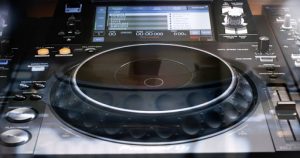
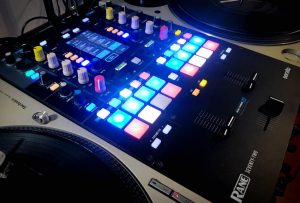
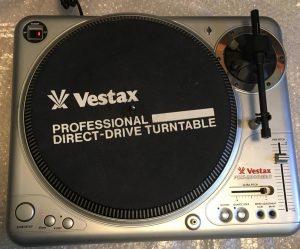

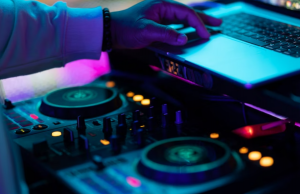
![Top DJ software for Live Performances and Gigs [2023]](/assets/images/e3802ce366623687d91ac7df2186a9ea.png)
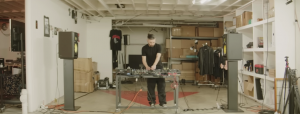
![Top DJ Software and Music Streaming Alternatives to Spotify [2023]](/assets/images/fc2e59c678a10fda46c5367c3f077ed4.png)




